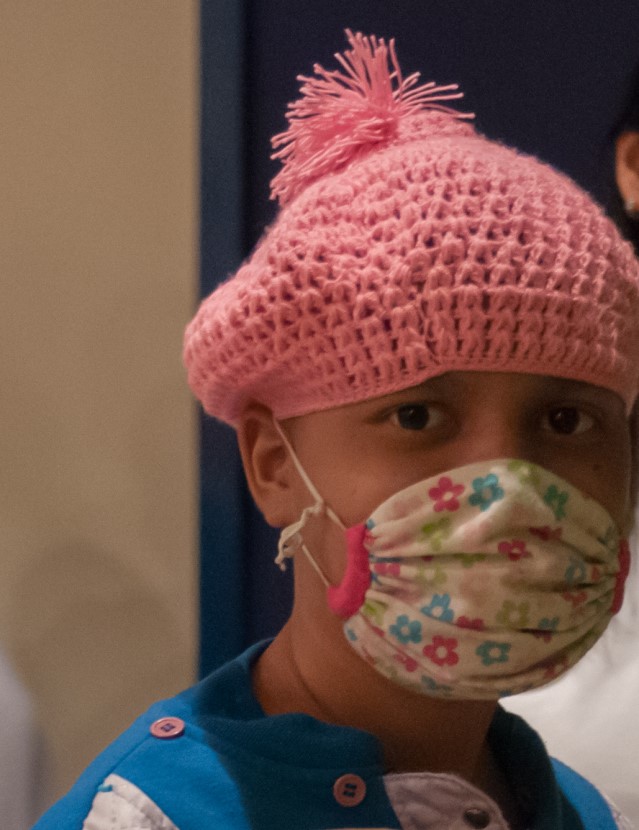Lower IDC; More Children with Cancer Accessing Critical Clinical Trials
Highlights

PHI’s Indirect Cost rate (IDC) is low and stable, compared to the typical academic rate. It has been a driving factor in our ability to obtain grants from foundations typically unwilling to provide IDC, and to manage our costs by keeping the program-specific overhead costs in our direct control. The lower our IDC, the greater our direct dollars are.
“The Children’s Oncology Group (COGCC) Coordinating Center supports the Children’s Oncology Group (COG), the world’s largest organization devoted exclusively to childhood and adolescent cancer research, with more than 100 active clinical trials open at any given time.
“COG was experiencing shifts in structure and funding, and was anxious to identify ways to reduce expenses without staff reductions or closing critical clinical trials.
“One way we did that was by bringing the Coordinating Center to PHI.
“PHI’s Indirect Cost rate (IDC) is low and stable, compared to the typical academic rate. It has been a driving factor in our ability to obtain grants from foundations typically unwilling to provide IDC, and to manage our costs by keeping the program-specific overhead costs in our direct control. The lower our IDC, the greater our direct dollars are.”
“If we hadn’t come to PHI, our central operations would likely be reduced in size and COG would likely have far fewer clinical trials open—and fewer opportunities for them to find life-saving solutions for children with cancer.”
Work With Us
You change the world. We do the rest. Explore fiscal sponsorship at PHI.
Support Us
Together, we can accelerate our response to public health’s most critical issues.
Find Employment
Begin your career at the Public Health Institute.
